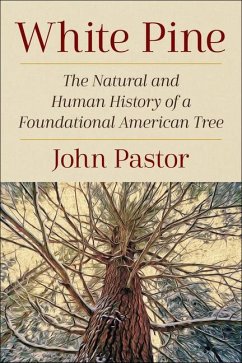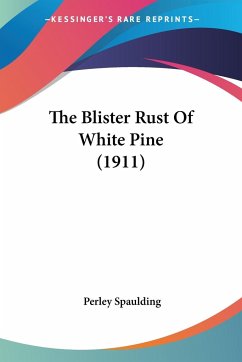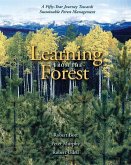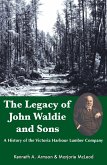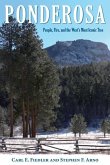America was built on white pine. From the 1600s through the Civil War and beyond, it was used to build the nation's ships and houses, barns, and bridges. It became a symbol of independence, adorning the Americans' flag at Bunker Hill, and an economic engine, generating three times more wealth than the California gold rush. Yet this popularity came at a cost: by the end of the 19th century, clear-cutting had decimated much of America's white pine forests. In White Pine: The Natural and Human History of a Foundational American Tree, ecologist and writer John Pastor takes readers on walk through history, connecting the white pine forests that remain today to a legacy of destruction and renewal. Weaving together cultural and natural history with a keen naturalist's eye, Pastor celebrates the way humans are connected to the forest--and to the larger natural world.

